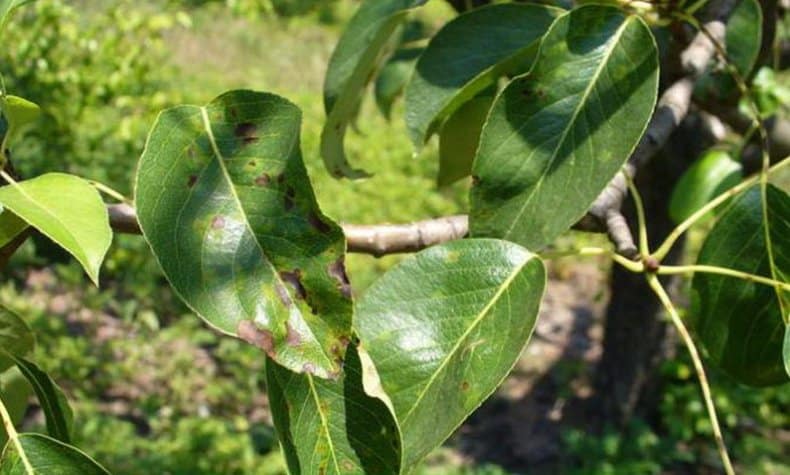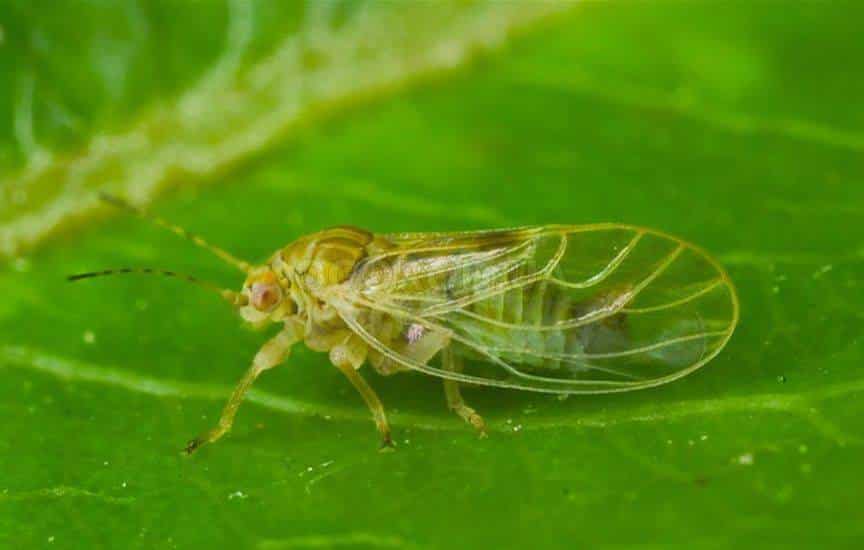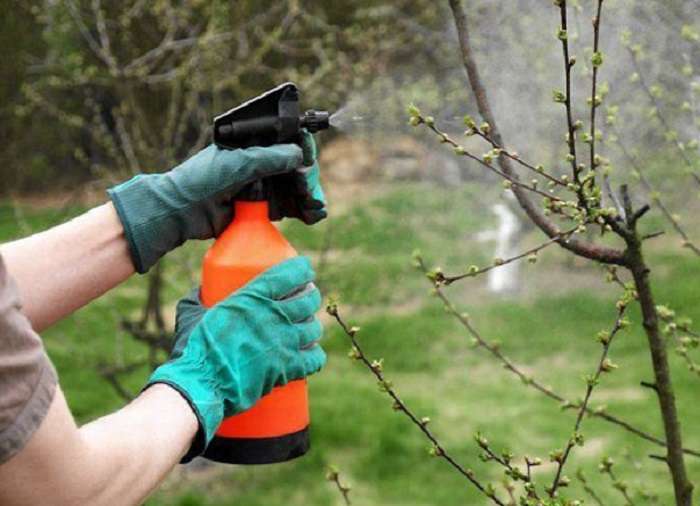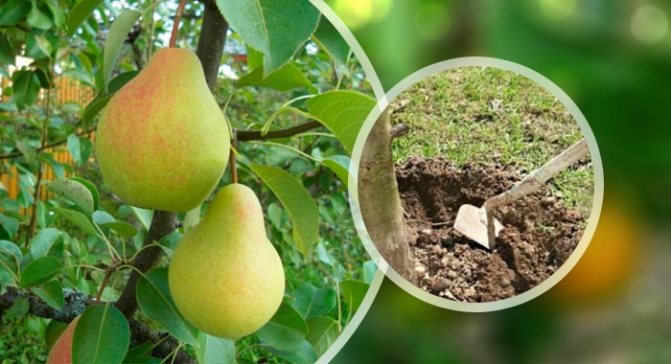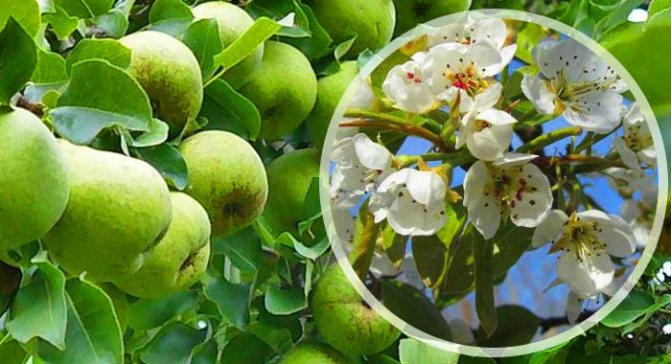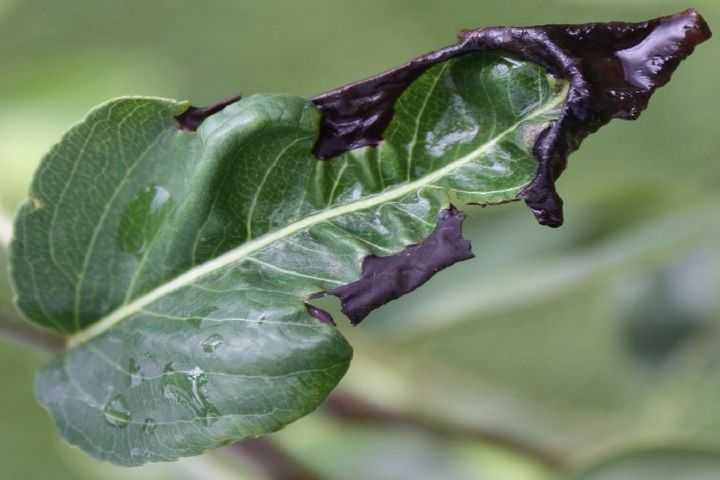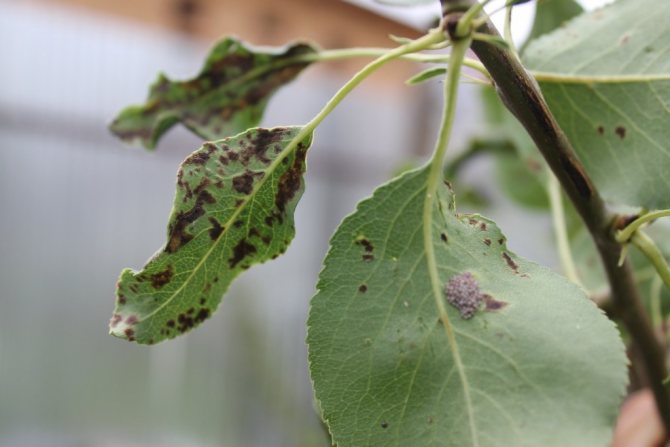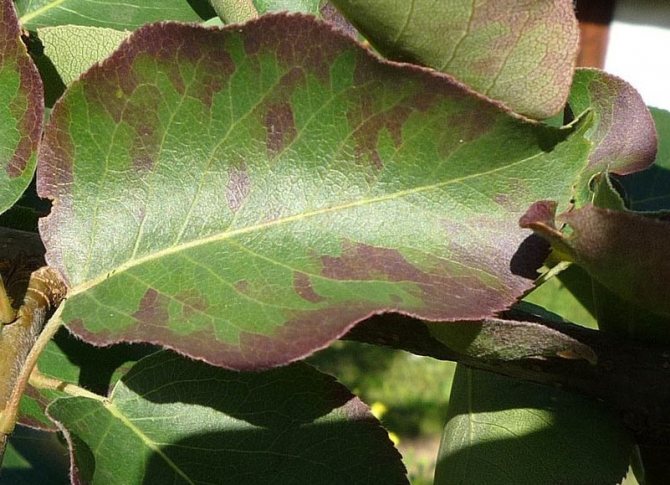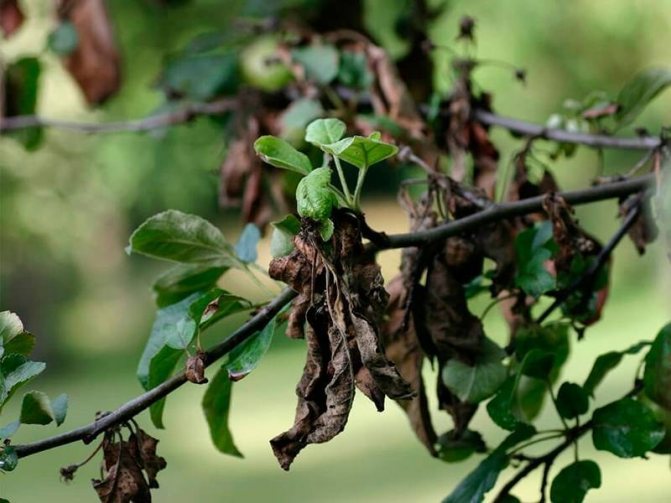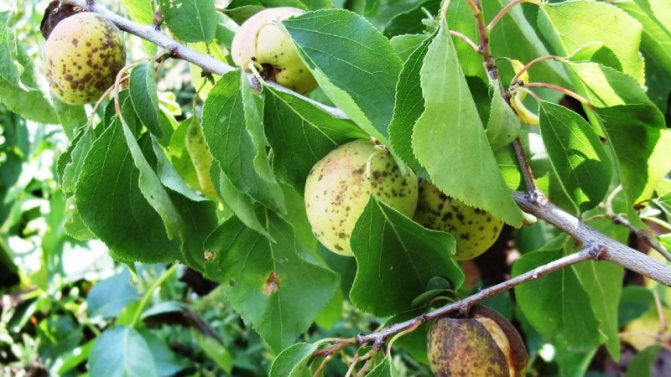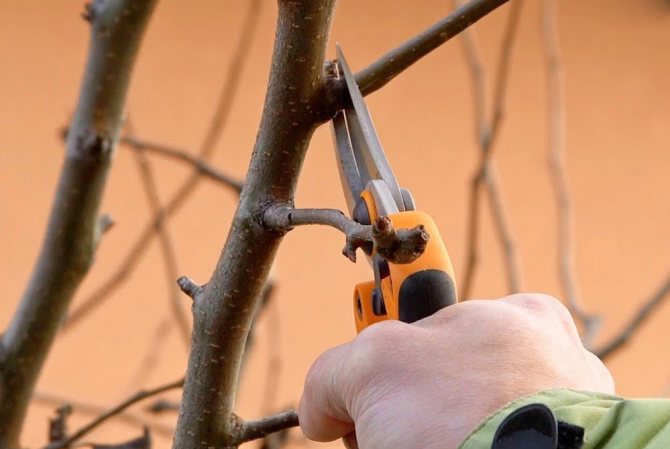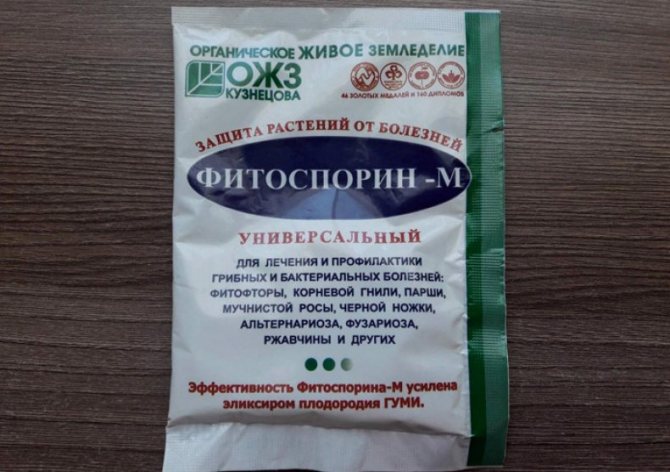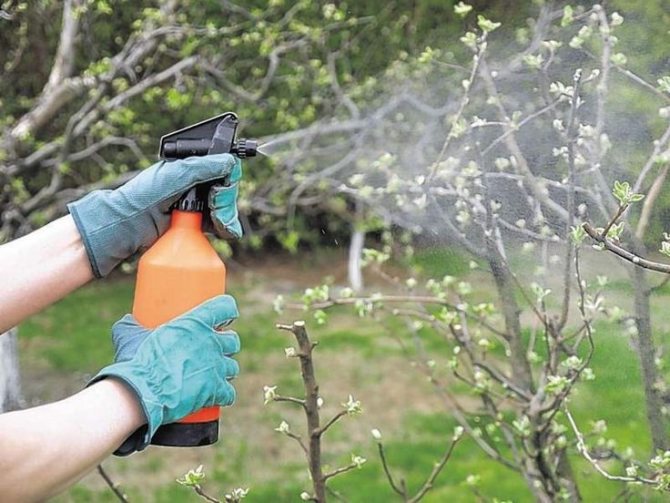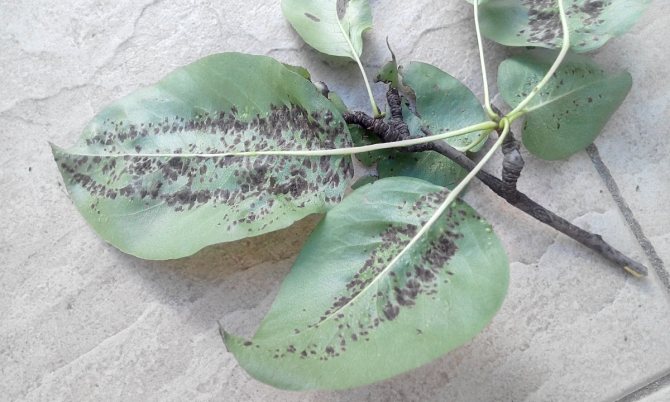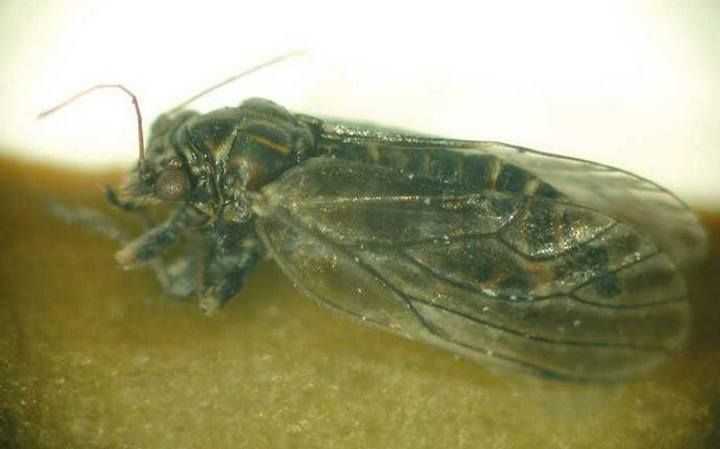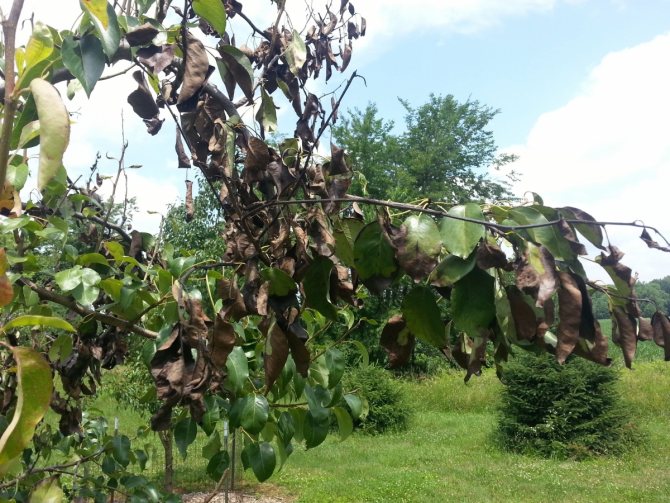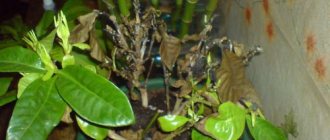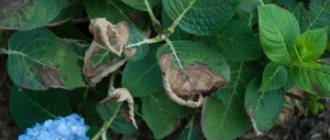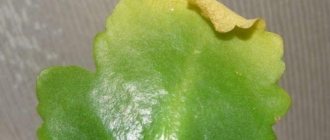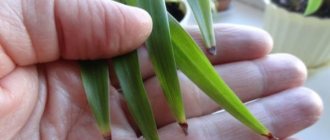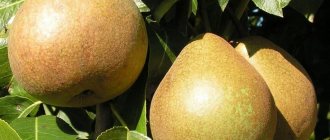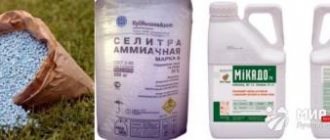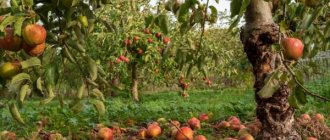The leaves turn black on the pear - just right to grab your head. Yesterday the tree was pleasing with a green crown and an abundance of ovaries. And today it is charred. This problem arises for inexperienced gardeners who neglect the rules for keeping a tree in the garden. But competent gardeners are not immune to trouble. The plant can be infected with an infection brought in from a nearby untreated area. To save the tree and preserve the harvest, the exact cause of the blackening should be established and treatment should be started immediately.
Bacterial burn
Photo:

Quite often, the foliage turns black for this very reason. A bacterial burn is a dangerous disease, and urgent measures must be taken to save the tree. In addition, the pathology is also contagious, so it can affect all nearby growing bushes and trees.
The causative agent of the infection is a bacterium from the enterobacteriaceae group. The disease is spread by pollinating insects, pests, and also birds. In addition, rainy and damp weather itself is a breeding ground for dangerous bacteria.
The disease manifests itself as follows:
- pear flowers wither ahead of time, fly around;
- the pedicel turns from green to yellow;
- the fruit buds are blackened;
- foliage darkens with whole hearths;
- the branches also turn black;
- the bark begins to dry out, become covered with cracks;
- in advanced cases, necrotic areas appear.
The disease is insidious and appears quite unexpectedly. A tree heavily affected by a fire blight looks like charred. In the later stages, it is already useless to fight the pathology: all hope is for early detection of symptoms. Young pears under the age of ten are especially susceptible to the disease.
Treatment and prevention
Since a bacterial burn is much easier to prevent than to treat later, preventive measures in this case are mandatory. Use regular weed removal as a primary preventive measure.
In weeds, pests are found - carriers of infection. It is also recommended to uproot wild fruit crops growing in the immediate vicinity of the site. Regular insecticidal treatments will certainly be beneficial as well.
If the disease has already begun, it should be treated with drugs such as:
- Fitosporin;
- Streptomycin;
- Ofloxacin;
- Tetracycline
It is necessary to use medicines strictly according to the instructions, avoiding overdose. All areas of the tree affected by the disease are subject to spraying, without gaps. It is important to carry out the procedure in dry and windless weather: this way the positive effect will be maximum.
In addition to antibiotics, gardeners often use a mixture of lime and copper sulfate to treat a bacterial burn. But it is important not to overdo it with the concentration of the solution, since an overabundance can lead to leaf burns.
Any darkened shoot tips should be cut off and burned. It is useful to spray with copper-containing preparations in the fight against bacterial burns.
If treatment is being carried out, it is impossible to feed the pear during this period. But it is imperative to water, especially in the heat. Note that the rapid development of a fire blight occurs at temperatures above +25 degrees.
If the disease has progressed strongly, and the treatments have not led to a positive result, the pear will have to be uprooted. It is necessary to remove the plant from the site and burn it. The instruments used are then sterilized in a solution of carbolic acid or formalin.
Scab


This is an infectious disease. Scab is spread mainly by pests wintering in uncut damaged tree shoots, as well as in fallen leaves.
The causative agent is a fungus that is especially active in humid, damp conditions. Sometimes the pathogen appears in hot, dry weather, but usually only under the condition of strong dew.
The symptom of scab is black, dark spots on the leaves of the pear, with a bloom resembling mold. The spots grow, leading to the death of the leaves, its fall. If the disease is started, it will spread to the bark of the tree, making it brown and dark. Fruits are also affected, becoming covered with black unpleasant-looking dots.
The disease is extremely dangerous and can lead to a whole epidemic, infecting all the trees in the garden and shrubs. The first signs of scab appear immediately after the blossoming of fruit buds. Then you should start treating the tree, before it's too late.
Treatment and prevention
It is necessary to take measures to get rid of the scab when the first signs of the disease appear. If the disease has just begun, spraying with Bordeaux liquid will help.
Since the drug is valid for a limited period (2 weeks), the treatment is carried out repeatedly. Prophylactic spraying is carried out with the same tool: but it should be carried out even before the buds begin to bloom.
If the disease begins to progress, it is better to use more potent medications:
- Speed,
- Strobe;
- Horus and others.
These systemic fungicides last from three weeks to a month and are not washed off by rains.
Simultaneously with the therapeutic spraying, it is necessary to carry out foliar feeding of the pear with the following preparations:
- 10% ammonium sulfate;
- 3-10% potassium chloride;
- 10% ammonium nitrate;
- 5-10% potassium salt.
You should choose any one of the tools, and not all at once.
As an effective scab prevention measure, gardeners usually choose timely pruning of the tree, getting rid of broken, diseased and damaged branches.
It is also important in the fall before wintering to remove all fallen leaves from the trunk circle, and indeed from the entire site. Weeding regularly will also benefit the common cause. In the spring, prophylactic treatment for scab with Agate or a similar agent is recommended.
The crown affected by the fungus should be cut off. It is also recommended to dig a trunk circle with a diameter of at least one meter. In the fall, treat the tree with a urea solution.
Important: If you use the harvested fallen leaves for composting, leave them to rot for at least two years. Only for such a long period will the fungal pathogen die.
Prevention and treatment methods for trees
In order to protect the pear from blackening of the foliage, preventive measures should be taken:
- Apply top dressing in a timely manner: a healthy tree has strong immunity.
- Choose varieties and hybrids for planting that are resistant to fire blight and scab.
- Pull the weeds out in time.
- Conduct spring treatment against ants.
- Hang sticky tapes among the trees. Inspect them daily and identify adhering pests. When a honeydew or gall mite appears, immediately treat it with insecticides.
- Observe the distance when planting trees and shrubs in the garden.
- Timely carry out sanitary and formative pruning in the garden.
- To carry out spring and autumn preventive treatment with insecticides.
- Remove and burn off plant residues.
- Attract beneficial insects (ladybirds, ant lions) to the garden for pest control.
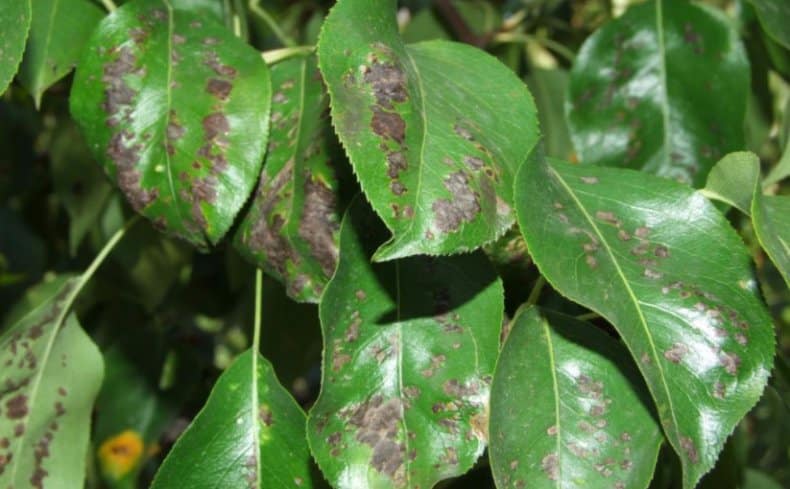

It is important to understand: it is easier to prevent the appearance of pests than to get rid of them later and treat the garden.
Folk remedies and recipes
There are folk methods for pest control:
- Old millet scattered near the anthill will force the pests to abandon their homes.
- Spraying with a solution of urea along the near-stem circle in the fall will kill the wintering pests.
- Covering the trunk circle with dark-colored lutrasil in spring will prevent years of wintering copperheads.
- Quite good results are obtained by preventive fumigation with smoke during the opening of leaves in the spring.
To prevent the invasion of pests, calendula, delphinium, yarrow, tobacco should be planted in the garden.
Pest infestation
The leaf can also turn black due to damage to the pear by harmful parasitic insects. Next, we will get acquainted with the most dangerous of pests, we will learn how to deal with them.
Medianitsa


This pest can be found in three varieties:
- spotted;
- yellow;
- red.
They are all dangerous for the pear. Adult insects remain to winter in the bark of a tree, damaged branches, and in the spring they lay eggs, hatch offspring, larvae. The pest releases a sticky substance in the course of its life, which becomes a favorable environment for the appearance and development of a sooty fungus.
Treatment
They get rid of copperhead in the spring by conducting preventive spraying at the very beginning of the season, as soon as it gets warmer.
Choose a windless and sunny day, treat the tree with the following preparations:
- Sherla;
- Aktara;
- Dimilin;
- Fastak.
Processing must be carried out in several stages:
- the first spraying destroys adults;
- the second, carried out before flowering, copes with most of the larvae;
- the third, after flowering, destroys the surviving larvae.
From folk remedies, a soap-kerosene emulsion helps well against honeydew. Prepare the drug by mixing kerosene and laundry soap in water. It is necessary to spray the pear in the spring: it will effectively destroy the pests that have overwintered in the tree.
Gall mite
This pest outwardly resembles a miniature spider; it hibernates on a tree, laying its eggs in the buds in the spring. The insect and its larvae feed on pear juices, sucking them out of plant tissues.
If measures are not taken, the tick can destroy not only a particular tree, but almost the entire garden. And this is despite the miniature size of individual individuals.
Treatment
In the spring, preventive treatment for gall bream is carried out using special preparations-acaricides. Keep in mind that conventional insecticides are ineffective against ticks.
The following remedies are recommended:
- Karbofos;
- Keltan;
- Inta-Vir;
- Decis.
Treatments should be carried out in 2-3 stages with a distance of 10 days.
Aphid
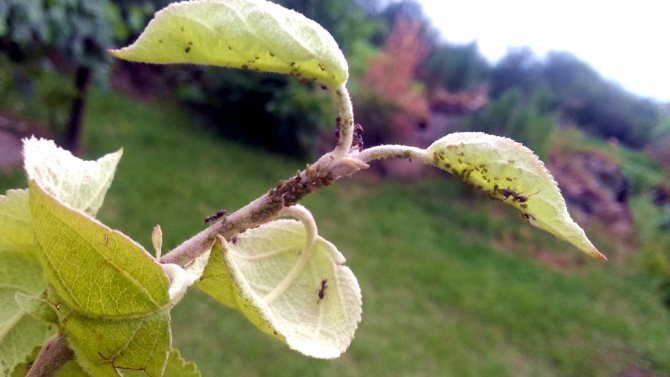

A common microscopic pest that forms entire colonies on plants. Aphids are uniquely fertile and can form a huge family in a limited period.
Insects drink tree juices, and also contribute to pear fungus. In addition, aphids can easily move to neighboring plants, affecting them too. More often than others, green, red and brown aphids attack the pear.
The first signs of aphid damage are also noticeable with the naked eye: symptoms appear in early spring and appear as darkening, curling of foliage into a tube. Gradually, the leaves turn black completely, fall off. Most of all, the pest loves young foliage, therefore, fresh shoots suffer in the first place.
Treatment
They get rid of this danger using both folk methods and chemical, artificial means.Of the popular methods, celandine juice, dandelion infusion, onion peel tincture and soap solution are especially popular.
From "chemistry" are used:
- in early spring - Kinmiks;
- during the formation of the kidneys - Agravertin;
- after flowering - the drug Iskra.
Aphids should be dealt with throughout the season and comprehensively. You cannot get rid of this annoying parasite completely at once.
Weather
Pears can be damaged by late or early frost, causing damage to leaf tissue. Most often and severely damaged are the extreme leaves of the crown, because they are less protected by the rest of the dome from frosty winds. Such damaged leaves can begin to change their color from green to brown and later black, and then dry out and fall to the ground. In this case, nothing specific needs to be done. Just remove the damaged leaves and wait for the fresh greens to grow.
We tried to understand as much as possible all diseases, insects and their causes, and we hope that you have received an answer to the question of why green leaves turn black on a young pear. Stay tuned for new publications.
Improper care
Black leaves sometimes become due to illiterate, improper care of the pear. The main mistakes are waterlogging of the plant and neglect of pruning, thinning the crown.
When the crown is too thick, it lets in little sunlight, and a shadow is created inside the tree. And with high humidity, regular overflows, the plant becomes an ideal breeding ground for microorganisms: the conditions are humid and shady.
To avoid problems, you should prune on time and regularly, thin out the crown, and get rid of old branches. Watering is necessary, but in moderation, avoiding waterlogging.
In addition, it is important to regularly loosen the soil under the tree in the trunk circle to provide the soil with sufficient oxygen. It is necessary to weed the area, ridding it of weeds.
Lack of micronutrients
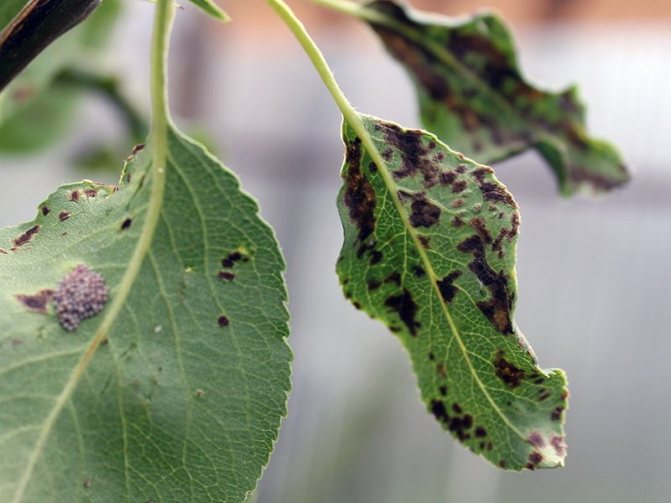

Sometimes the blackening of pear leaves is associated with an elementary lack of the necessary minerals for the plant.
Potassium
If there is not enough potassium, the leaves begin to darken and dry out along the edges, forming a characteristic border. Gradually, the entire plate changes its structure, becoming wrinkled, deformed. The leaves on the branches of the old, lower ones are especially affected.
Iron
In case of a lack of this microelement, the foliage begins to grow poorly, turns yellow, dries up, darkens. A characteristic feature of iron deficiency is drying not only of the foliage, but also of the upper part of the shoots. The pear tries to get rid of the leaves, sheds them: as a result, the harvest suffers both in quantity and quality. Young shoots that have appeared in the current season can die off completely.
Zinc
Deficiency of this element leads to drying of the leaves, their blackening. In addition, the fruits become small, their peel is covered with seals and dark spots. If zinc deficiency is severe and prolonged, leaves and even branches become deformed.
Calcium
With a lack of calcium, foliage becomes very vulnerable to sunburn, often becomes covered with dark spots, and can curl. In addition, the palatability of the fruit deteriorates, the pulp becomes spotty, the shelf life of the crop is significantly reduced.
Phosphorus
With a deficiency of phosphorus, the leaf plates of the fruit tree are deformed: they stretch, darken, curl. Young shoots starting to grow, stop developing, and also lend themselves to deformation. Old branches can be completely bare, completely losing their foliage.
Copper
Fortunately, copper deficiency in the soil is extremely rare. Usually this happens if the soil is peaty, less often if it is sod or sandy. With a copper deficiency, the foliage of the pear darkens, curls, the upper parts of the young shoots dry out.
Boron
As a result of a lack of boron in pears, young shoots and foliage begin to turn black and deform.
So that the lack of minerals does not affect the health and appearance of the fruit crop, make timely and complete, comprehensive fertilizing of the tree. Calcium nitrate will help to fill the lack of potassium, boron - boric acid. Iron deficiency can be replenished with iron chelate.
Blackening of leaves on a pear: possible causes and remedies


Novice gardeners are often faced with the problem of blackening of pear leaves. There are several reasons for this phenomenon. In order to choose an effective method of treatment, it is important to trace exactly how the color change process takes place. After that, it will be easier to cope with the unpleasant problem.
Air humidity, dust, other reasons
Sometimes foliage can darken due to insufficient air humidity. If this happens, even abundant watering cannot help. They solve the problem by sprinkling.
As for the dust, sometimes it also leads to the blackness of the pear leaves. But only some varieties of fruit crops suffer from this: as a rule, southern varieties. The solution to the problem also lies in the sprinkling of the tree, the implementation of drip irrigation.
Other diseases
In addition to the most common diseases already listed, the foliage of a pear can turn black due to other pathologies. Let's get to know them as well.
Sooty fungus


This disease of a fungal nature leads to the appearance of dark, almost black areas on the foliage. If measures are not taken in time, the fruits will also turn black. The plaque, although very dark, like soot, is fairly easy to wear off.
Due to the fungus, the tree does not grow well, its development slows down, productivity deteriorates, and frost resistance decreases.
This disease is not treated separately, since soot fungus in most cases is only a symptom that accompanies other diseases. To avoid a problem, the pear should be treated with standard antiparasitic and antifungal agents.
Powdery mildew
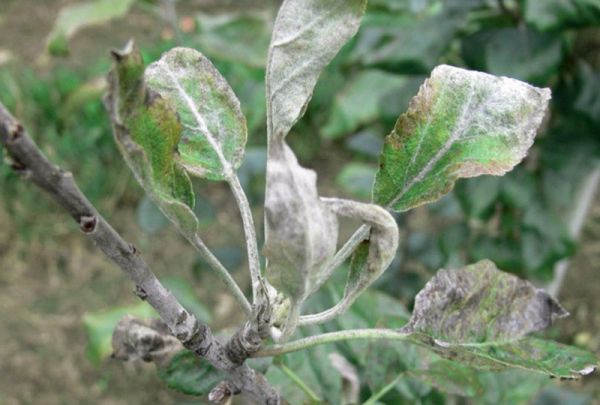

Dangerous fungal pathology, leading to the defeat of both foliage and shoots, pear fruits. As a result of the defeat of powdery mildew, the tree stops developing, growing, becomes covered with a whitish, gradually darkening bloom.
The foliage then dries up, curls up, the flowers fall off, not having time to form an ovary. It is clear that a good harvest in this case cannot be expected.
They get rid of the fungus by spraying the tree with systemic fungicides, and the treatment is carried out several times per season (no more than five). The first spraying should be carried out during the period of bud formation, followed by 6-9-day intervals. The parts of the plant affected by dew must be cut off, burned.
Preventive measures
Proper care is an excellent prevention of many diseases, and also helps to protect trees from pests.
But to prevent blackening of the foliage, it is important to remember the following measures:
- Do not forget about sanitary pruning of trees in spring and autumn.
- Water the plants correctly.
- Feed the pear with the necessary means.
- Avoid severe waterlogging of the soil, especially near the root collar.
- Build a safe shelter from the winter cold.
- Choose your landing site seriously.
- Remove fruits, foliage and shoots in time, on which signs of disease or pests have been noticed.
- For trimming, use only sharp and sterile instruments, which should be disinfected after the procedure.
- For planting, take only healthy and high-quality seedlings.
- In areas with a very humid climate, during budding, it is necessary to spray the crown of the pear with a 3% solution of Bordeaux mixture.
- After the buds appear, the plants need to be treated with Horus or Topaz preparations.
Blackening of the leaves on the pear can be a sign of serious or completely harmless diseases.In any case, it is important to get the correct diagnosis on time and solve the problem with the right treatment.
Advice
What else can help in the fight against blackening of pear foliage - let's listen to experienced gardeners:
- Preventive maintenance should not be carried out from time to time, but regularly. Only in this case the tree will be reliably protected from misfortunes.
- When choosing a seedling, give preference to proven nurseries with a good reputation. By purchasing young trees from the market, you run the risk of planting a sick, infected specimen.
- If you had to cut off branches affected by any disease, be sure to disinfect the tools after work. This will stop the spread of the infection.
- Remove all fallen leaves and fruits from under the tree in the fall. If left, they will become a wonderful haven for the wintering of pests, larvae, pathogenic microbes.
- Thin the crown periodically, avoiding shading.
- The tree trunk should be whitewashed regularly.
We learned why the leaves of pears in the garden turn black, and how to cope with this misfortune on our own. There are several reasons for the problem - it is important to identify the correct one, and on this basis, treat the tree. If you deal with the problem in a timely manner, then serious consequences, as a rule, can be avoided.
If the trunk is blackened
This type of pear blackening is less common than others, and most often the reason for it is black cancer. This disease spreads to the bark of branches and trunk.
Initially, small black spots of a depressed shape appear on the bark, some of which then begin to secrete a liquid - gum. Wounds are formed, sometimes extensive, the bark can soon become completely brown. In addition to damage to the trunk, black cancer spreads to leaves and fruits, covering them with reddish spots. If the disease spreads badly, the tree will die.
I must say that black cancer is not cured, and the main measures to combat it are preventive measures. To this end, all the affected parts of the plant are removed, and if the tree is significantly covered by cancer, it is cut down and burned. If the disease is still in its early stages, it is necessary to cut off all the parts affected by cancer, to the border with healthy ones. The wounds are treated with copper sulfate, and covered with a solution of clay and mullein. You may also find it helpful to know what late varieties exist for the Middle Lane.

